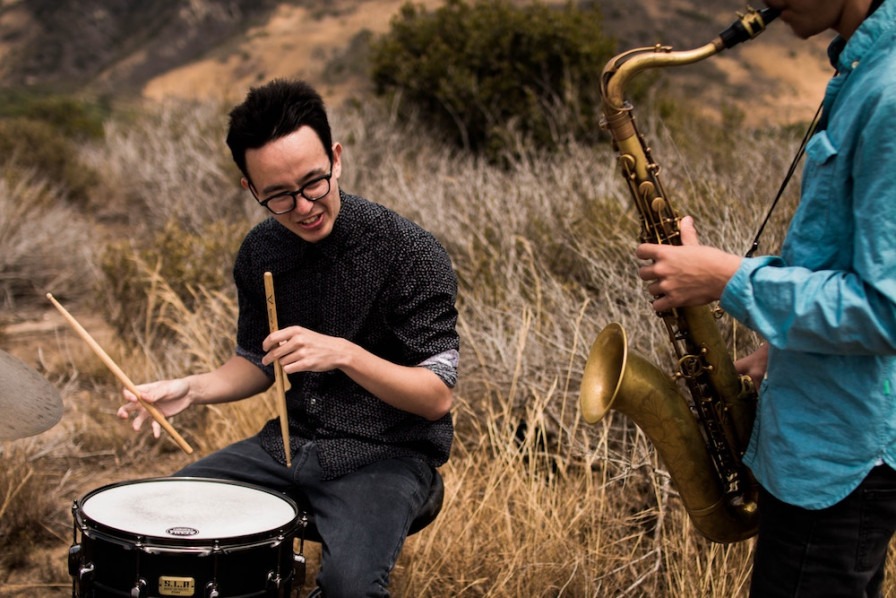How Engage Young People with Jazz

Jazz music, from its smooth grooves to its quirky chord patterns, is one of the most popular genres of music in the western world. Yet, it is often seen by younger music learners as a musical style that is hard to "get into". With pop and rock music so readily available, jazz, which students often comment as being a "more sophisticated" style of playing, is sometimes seen as aloof or worse still, hard to understand. Inspired by Joe Egan's approach to jazz I really wanted to explore how these pre-conceptions could be broken down and more students could actively want to engage and learn jazz music. Joe is a leading guitar teacher in Nottingham who has a passion for jazz music and a really interesting approach to how to inspire students to engage with it as a musical style.
First, let's explore why musicians like Joe are so passionate about jazz music. This is often down to the freedom and creativity that is often built into jazz as a musical genre. Leaning heavily on the musician's improvisational skills, jazz fuses an ability to create with a detailed understanding of how to play the instrument. By recognising this it is easier to understand why early stage musicians might be less inclined to start learning jazz music. Namely, jazz is often seen to pre-require a good level of playing ability and musical knowledge.
However, as Joe shows jazz itself can also be an excellent platform to learn skills to enable a musician to do more than regurgitate a collection of pre-learned riffs. Learning to create and improvise, enjoying the excitement of not simply following a "script", are skills that are so rarely developed in any form of life as a young person. Indeed, often I have found that creativity itself is squashed in young people for fear of failing or being embarrassed. This is a worry for all of us, after all we want creative young people, full of ideas and confidence to try them out.
Contrary to many student's views, jazz music can also be simple, accessible and understandable even at an early stage. For example, Summertime is often cited as a great beginner jazz song for guitarists to master. Composed by George Gershwin the band Sublime based one of their songs on this piece. It can be approached either as an open chord or barre chord piece depending on the student's level and the aim of the lesson. As Summertime as a song shows, jazz can, if given the opportunity, provide core lesson content to students. Broadening their musical horizons and heightening their interest in jazz.
Yet, exposure of good jazz music to students is the single most effective way I have found in helping to engage them with the genre. The truth is often they haven't listened to much jazz music before. Finding some that they like and combining that with some interesting background information can often be the first part of encouraging them to engage with the musical style. I have seen this to be successful so many times, with students then actively finding other jazz songs that they like - of course, as part of a wider array of different musical styles that they like to draw upon during lessons.
In conclusion, while not too many of my younger students highlight jazz as their favourite musical genre, if they are exposed to jazz music they like they often are very happy to engage and learn it. This process often opens the door to the entire genre, giving them the confidence to investigate further. As they get more advanced as a musician jazz then can help to provide a real framework for how they can improve. Developing key creative and improvisation skills that can then be applied to other genres of their choosing. I feel the lack of exposure younger people have to jazz music often shapes this initial reluctance to engage with jazz, however, once they find songs and artists that they like within the genre, jazz often becomes a core part of their learning material - one they often enjoy the most to play!

